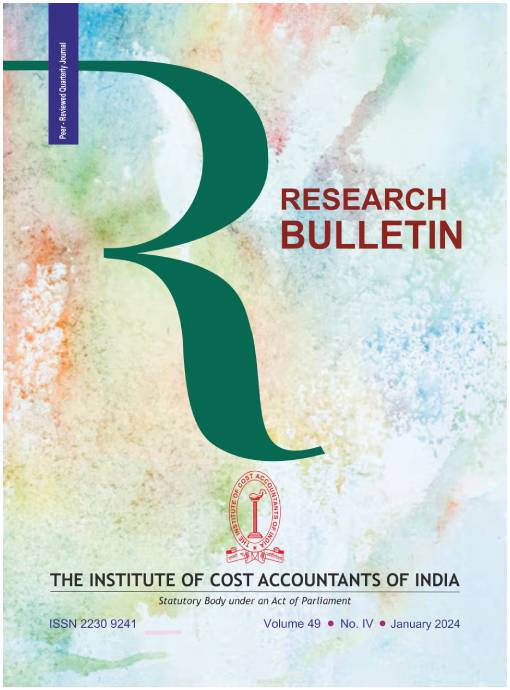Accelerating India's Transport: Green Logistics, Smart Cities and Innovation
DOI:
https://doi.org/10.33516/maj.v59i9.50-54pKeywords:
No Keywords.Abstract
This article unravels the usage of green logistics technologies in connection with smart city ecosystem endorsed by Kolkata City and showing environmental, economic and social-centric dimensions. Kolkata's move to electric vehicles, solar-powered logistics hubs and smart traffic systems has helped it to cut emissions drastically and boost urban efficiency. The first holistic perspective on this trailblazing initiative represents a blueprint for sustainable urban development; it could set an example for cities worldwide wanting to attain the same.
Downloads
Downloads
Published
How to Cite
Issue
Section
References
Smith, J. A., & Brown, L. T. (2019). Sustainable urban logistics: Case studies and innovations. Journal of Urban Planning and Development, 145(3), 121-135. https://doi.org/10.1061/(ASCE) UP.1943-5444.0000521
Gupta, R., & Kumar, S. (2020). Electric buses in Indian smart cities: A case study of Kolkata. International Journal of Sustainable Transportation, 14(5), 378-391. https://doi.org/10.1 080/15568318.2020.1719876
Johnson, M. P., & Lee, H. Y. (2021). The impact of renewable energy on urban logistics: Lessons from Kolkata. Renewable Energy Reviews, 78, 1124-1136. https://doi.org/10.1016/j.rser.2021.04.031
Chatterjee, P., & Banerjee, A. (2018). Integrating smart city and green logistics initiatives: The case of Kolkata. Smart Cities Journal, 12(2), 95-108. https://doi.org/10.1016/j.scj.2018.03.004
Das, S. R., & Roy, M. K. (2017). Public health benefits of green logistics in urban areas: Evidence from Kolkata. Journal of Environmental Management, 194, 74-85. https://doi.org/10.1016/j.jenvman.2017.02.007




 Free Sample
Free Sample Editorial Policy
Editorial Policy

